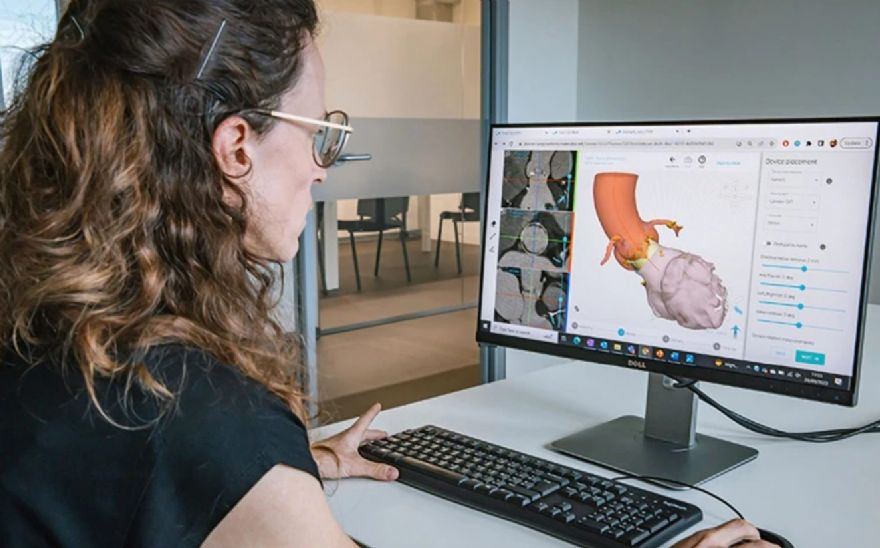
Belgium-based
Materialise, a global leader in 3-D printing software and services with its headquarters in Leuven, has acquired the Belgian company
FEops, which develops AI-driven simulation technology to improve ‘procedure efficiency and clinical outcomes for structural heart interventions’. Materialise says the acquisition will allow the company to expand its cardiovascular solutions with ‘predictive simulation capabilities that advance the personalised treatment of patients with heart diseases.
FEops combines predictive simulation technology and artificial intelligence, thereby allowing clinicians to more accurately predict how transcatheter structural heart devices will interact with a patient’s anatomy. Materialise’s ‘Mimics Planner for Structural Heart Interventions’ — regarded as an industry-standard solution for segmentation and anatomical analysis, planning, and design — enables the creation of accurate virtual 3-D models based on medical image data.
Materialise’s CEO Brigitte de Vet said: “At Materialise, we are pioneering the advent of mass personalisation in healthcare, using advanced visualisation and 3-D printing technologies to deliver precise, patient-specific solutions. By integrating FEops’ advanced predictive simulation technology with our Mimics Planner, we are expanding our cardiovascular solutions to provide clinicians with comprehensive insights into patient anatomy.
“This integration will not only enhance the accuracy and efficiency of structural heart interventions but also improve clinical outcomes and patient safety. Historically, transcatheter procedures were reserved for the most complex cases and high-risk patients; and while these procedures are becoming more common, challenges remain in evaluating patient eligibility for transcatheter interventions and assessing potential risks and adverse events.”
She concluded: “Enhanced visualisation and simulation technologies are essential in improving the clinical workflow, thereby expanding the availability of transcatheter procedures to a broader range of patients and improving overall outcomes.”